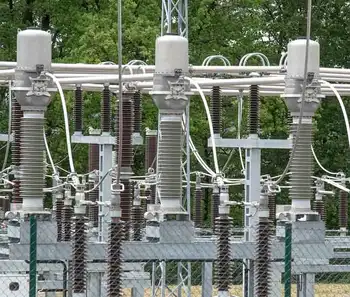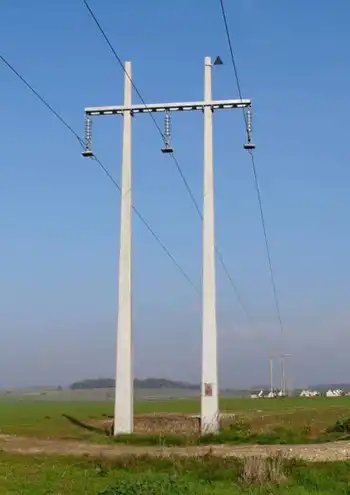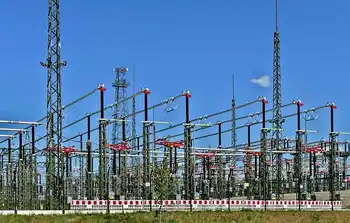The coal industry and the environment
By Tumbler Ride News
NFPA 70e Training
Our customized live online or in‑person group training can be delivered to your staff at your location.

- Live Online
- 6 hours Instructor-led
- Group Training Available
As such, they provide a framework for the environmental issues being tackled by CanadaÂ’s coal industry.
Initiatives to address land use, waste, air and water quality, wildlife and even noise concerns are currently being implemented in coal-related activities across the country. CanadaÂ’s coal industry is actively seeking ways to address environmental concerns on three fronts: the first is at the mine site where mining and processing methods are designed to minimize local air, water, land and community impacts; the second is at the power plants where improved coal-burning technologies have reduced emissions and advanced technologies are promising even greater reductions; the third front addresses the challenges of global cooperation in order to minimize coalÂ’s environmental impact around the world.
On all of these fronts, the coal industry is working cooperatively with governments, communities and other stakeholders to ensure environmental initiatives are addressed. The following sections provide more information on some of these programs.
Clean Coal Technology (CCT) refers to technology that is being developed and used to reduce the environmental footprint of coal. Most of coalÂ’s impact occurs at the consumption end - power generation and cement manufacturing. Canada and the private sector have invested significant amounts of money in the development of CCTÂ’s designed to enhance both the efficiency and the environmental acceptability of coal extraction, preparation and consumption.
Currently the United States, Australia, Europe and Asia are leading the way in the development and use of CCTÂ’s. But Canada is not standing still.
For example: Natural Resources Canada (NRC) has developed a Clean Coal Technology Roadmap which provides an outlook to the future and identifies technology pathways needed to allow coal to be used as a competitive environmentally clean energy resource for the production of electricity.
NRC has also made financial contributions to projects by the Canadian Clean Power Coalition (CCPC). CCPC projects aim to demonstrate that coal-fired power can be produced with emission levels the same as a modern natural-gas-fired turbine plant and that CO2 can be captured and stored by applying commercial-scale technologies.
A $33 million research project aims to find the cleanest ways to generate electricity from AlbertaÂ’s vast reserves of coal. The three-year project is one of the first to be funded under AlbertaÂ’s new $200 million Energy Innovation Fund.
“With innovation and technology solutions, Alberta will be able to generate electricity from coal with near-zero emissions,” said George VanderBurg, Minister of Government Services and Acting Minister of Innovation and Science. “This research has the potential to develop an environmentally responsible and economic way to meet our province’s growing electricity demand.”
The Front-End Engineering Design (FEED) study is collaboration between the Alberta Energy Research Institute (AERI), the Canadian Clean Power Coalition (CCPC) and EPCOR. Using funding allocated under the new Energy Innovation Fund, AERI will provide $11 million, one third of the project costs, over three years. EPCOR and CCPC are responsible for the balance of the funding, and they are inviting participation by other stakeholders.
The study will research the best design for a power generation facility capable of removing significant percentages of emissions including nitrous oxide, sulfur dioxide, particulate matter, mercury and carbon dioxide, using Alberta coal as its feedstock. EPCORÂ’s Genesee site outside Edmonton will host the study.
“By converting coal into gas, and capturing carbon dioxide, we can create electricity that’s even cleaner than the best natural gas facility operating today,” noted CCPC Chair Dr. David Lewin.
The results of the study will be available to the members of Canadian Clean Power Coalition and Alberta companies. The FEED study will provide investors with information they need to make decisions regarding the construction of a commercial demonstration plant. If the results are positive, a demonstration facility may be built, with completion expected about 2015.











